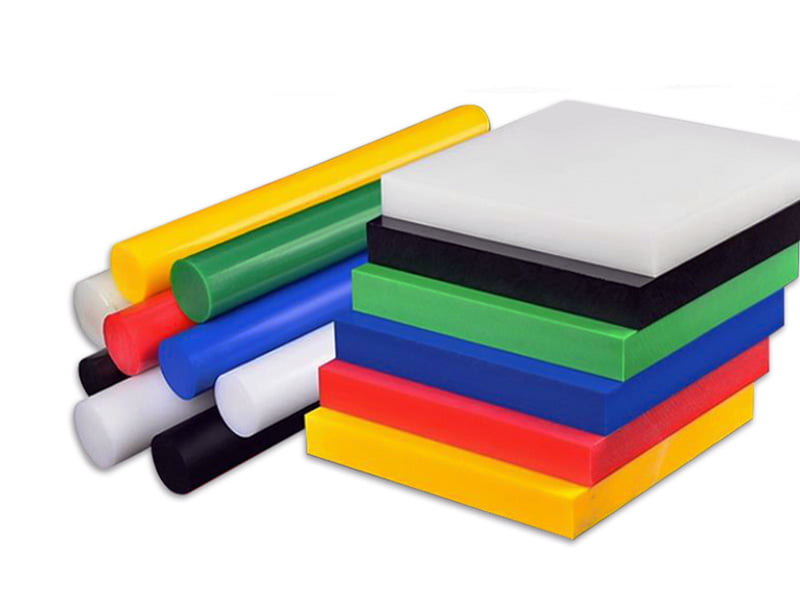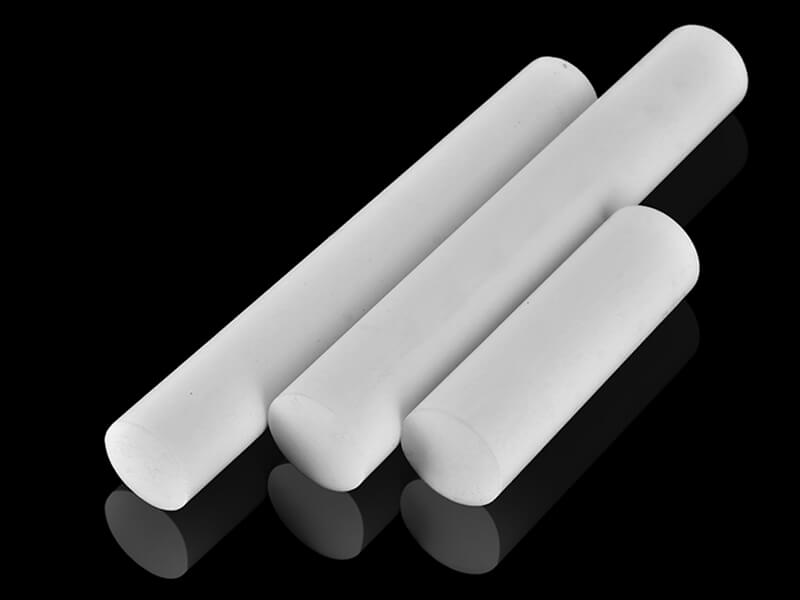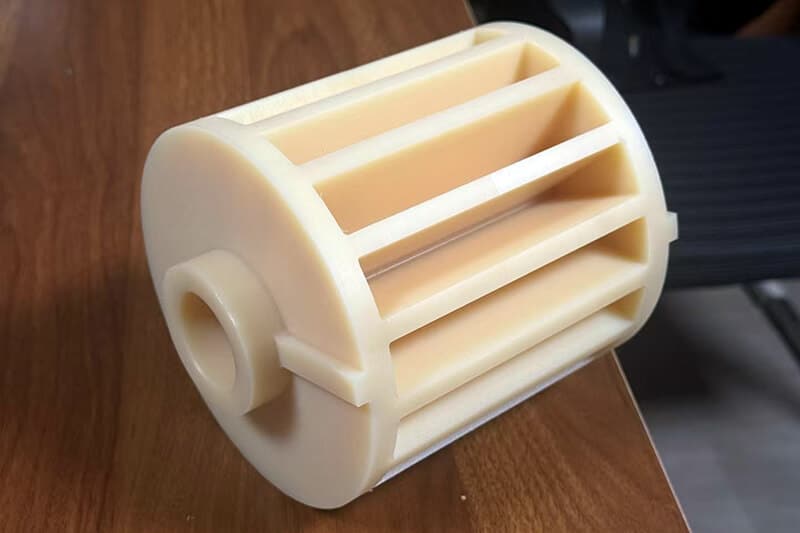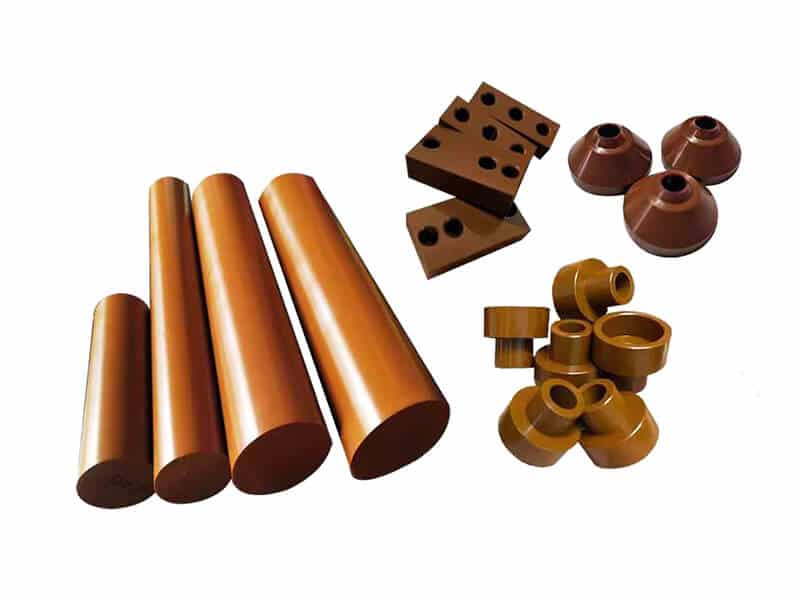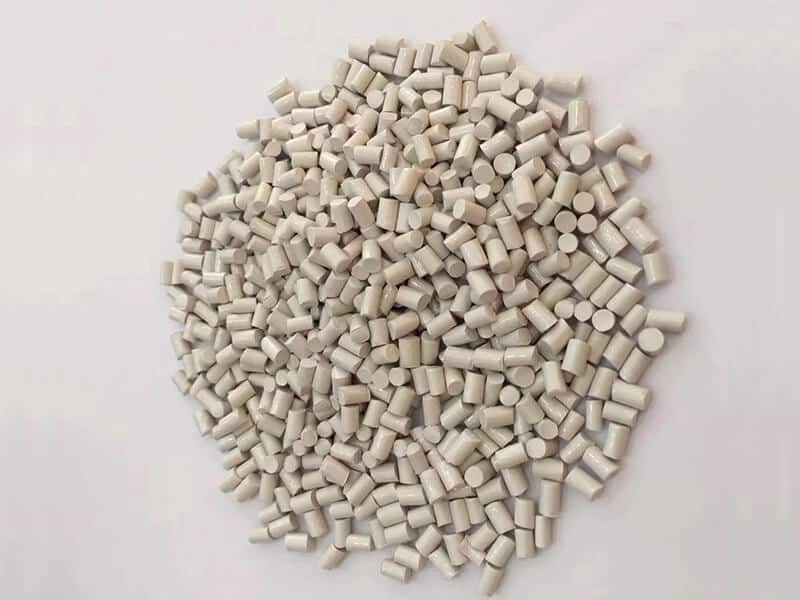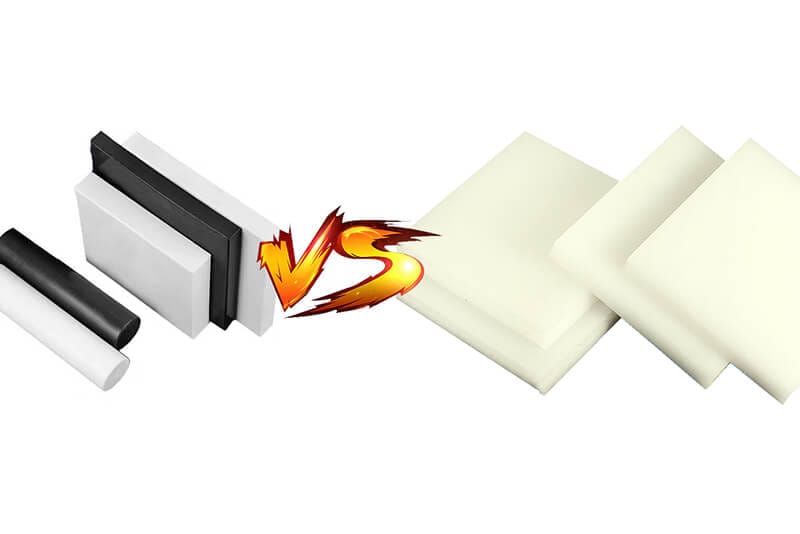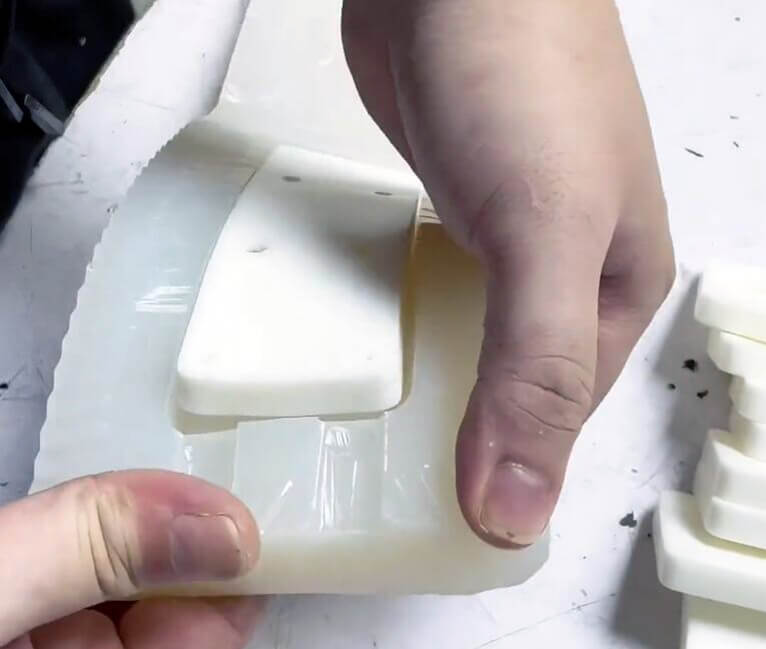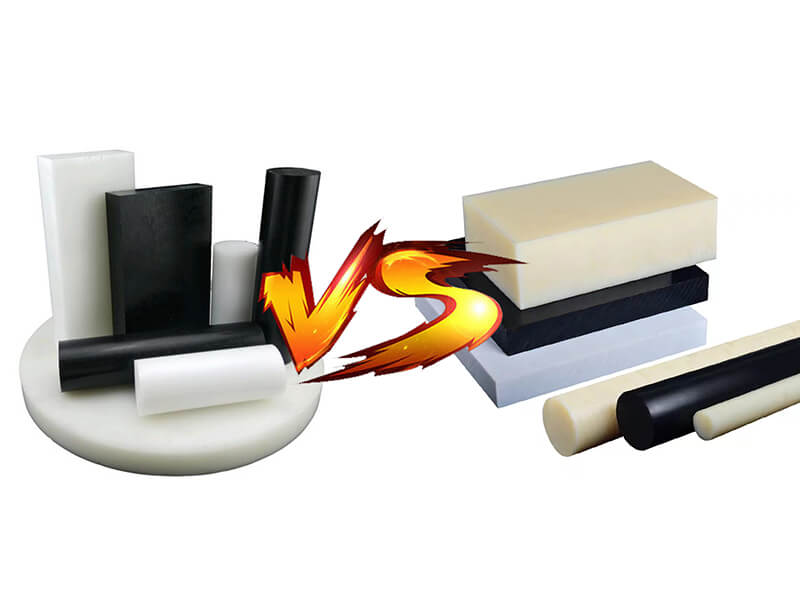Plastic Trade Name: Your Guide to Plastic Brand
Plastic trade names explained for clarity. Gain a deeper understanding of plastic products and their brands for smarter choices.

What are Plastic Trade Names?
Plastic trade names are unique identifiers given to various types of plastic materials. Essentially, they function as brand names for specific types of plastic. Manufacturers and suppliers use these names to differentiate between different products and grades of plastic.
For example, Nylon 6 and Nylon 66 represent different formulations of nylon, each with unique properties. Similarly, Duraflex is a trade name suggesting a flexible and durable plastic ideal for automotive applications. These trade names can be based on a variety of factors, such as the type of polymer, the additives used, and the performance characteristics of the material.
Importance of Understanding Trade Names
Understanding the difference between a brand name and the actual material is a huge part of material selection. It’s like having a special key that unlocks a world of knowledge in industries that are heavily involved with plastics. It goes beyond just recognizing brand names; it’s about truly understanding the essence of plastics.
Common Plastic Trade Names
Here are some of the common and most used plastic names and their trade names:
| Material Name | Trade Names |
| Polyethylene (PE) | High-Density Polyethylene (HDPE), Low-Density Polyethylene (LDPE), Linear Low-Density Polyethylene (LLDPE) |
| Polypropylene (PP) | Propylene, Polypro |
| Polyvinyl Chloride (PVC) | Vinyl, PVC-U (unplasticized PVC) |
| Polystyrene (PS) | Styrofoam (for expanded polystyrene, EPS) |
| Polyethylene Terephthalate (PET) | PETE (often used for recycling symbol #1) |
| Polycarbonate (PC) | Lexan, Makrolon |
| Polyurethane (PU) | TPU (Thermoplastic Polyurethane) |
| Polyethylene Terephthalate Glycol (PETG) | Vivak |
| Acrylonitrile Butadiene Styrene (ABS) | Cycolac, Magnum |
| Nylon (Polyamide) | Zytel, Nylon |
Plastic Material Name Vs Trade Names
Plastic Material Names and Trade Names are essential concepts in plastics. They both hold significant importance. Here are some key differences between them:
| Plastic Material Name | Trade Name |
|---|---|
| A plastic material name is the generic term used to describe a specific type or composition of plastic based on its chemical structure. | A plastic trade name is a specific brand or proprietary label given to a particular formulation or grade of plastic material by a manufacturer. |
| Examples – Polyethylene and polypropylene. | Example – Nylon 6 and Nylon 66. |
| Important for understanding material properties and behavior. | Important for material selection, branding, marketing, and applications. |
| Plastic material names are universal. | Trade names can vary depending on the manufacturer or supplier. |
| Commonly used in technical and scientific contexts. | Commonly used in commercial and industry-specific applications. |
All plastic trade names
| Trade Name | Material | Manufacturer |
|---|---|---|
| Alcryn | TP Elastomer | DuPont |
| Acrylite | Acrylic | Cyro |
| Acrysteel | Acrylic | Aristech |
| Akulon | PA – Nylon | Akzo/Wilson |
| Alathon | HDPE | Occidental |
| Anwidur | PVC | Anwil |
| Apex | PVC | Teknor |
| Ardel | Polyarylate | Amoco |
| Aristech | Acrylic | Aristech |
| Arpak | Expandable PP bead | JSP |
| Ashlene | Nulon 6, 66, 6/12 | Ashley Polymers |
| Astavin | PVC | Marplex |
| Attane | ULDPE | Dow Plastics |
| Aurum | TP Polyimide | Mitsui Toatsu |
| Azdel | Thermoplastic Resin | Azdel |
| Bakelite | Phenolic Laminate | Union Carbide |
| Calibre | Polycarbonate | Dow |
| Celanese | PA – Nylon 6/6 | Ticona |
| Celanex | Polyester – PET/PBT | Ticona |
| Celcon | Acetal | Ticona |
| Corzan | CPVC | Quadrant |
| Cryolite | Acrylic | Cyro |
| Cycolac | ABS | SABIC (former GE) |
| Cytop | Acetal | Dupont |
| Diakon | Acrylic | ICI |
| Dowlex | LDPE | Dow |
| Duracon | Acetal | Ticona |
| Duranex | Polyester – PBT | Ticona |
| Dyneon | PTFE | 3M |
| Ektar | PETG | Eastman Chemical |
| Ensicar | Polycarbonate | Ensinger |
| Ensifide | PPS | Ensinger |
| Ensifone | Polysulfone | Ensinger |
| Foraflon | PVDF | Atochem |
| Forar | HDPE | Amoco |
| Fortiflex | HDPE | Solvay |
| Geon | PVC | Geon |
| Grilamid | PA – Nylon | Emser |
| Hostaform | Acetal | Ticona |
| Hydex 4101 | Polyester – PBT | Ensinger |
| Hyzod | Polycarbonate | Bayer |
| Impet | Hoechst | Celanese |
| Kamax | Acrylic | Rohm & Haas |
| Kel-F | PCTFE | 3M |
| Ketron 1000 | PEEK | Quadrant |
| Lubital | Acetal | Mitsubishi |
| Lucite | Acrylic | Dupont |
| Lustrex | Polystyrene | Novacor |
| Magnum | ABS | Dow |
| Makrolon | Polycarbonate | Bayer |
| Marlex | HDPE | Phillips |
| Merlon | Polycarbonate | Bayer |
| Micarta | Phenolic Laminate | Norplex |
| Neoflon | PTFE | Daikin |
| Norylux | PPO | Westlake |
| Nydur | PA – Nylon | Mobay |
| Novodur | ABS | Bayer |
| Oleplate | Polypropylene | Amoco |
| Olevac | Polypropylene | Amoco |
| Palvinyl | PVC | Pal Plastics |
| Paxon | HDPE | Paxon Polymer |
| Petrothene | Polyethylene | Quantum |
| Plexiglas | Acrylic | AtoHaas |
| Polystrol | Polystyrene | BASF |
| Propylux | Polypropylene | Westlake |
| Proteus | Polypropylene | Quadrant |
| Radel | Polyethersulfone | Solvay |
| Rilsan | PA – Nylon | Atochem |
| Royalite | ABS | Spartech Uniroyal |
| Sanalite (cutting board) | Polyethylene | Quadrant |
| Sintimid | Polyimide | Ensinger |
| Solef | PVDF | Soltex |
| Sustatec PVDF | PVDF | Sustaplast |
| Symalit PVDF | PVDF | Quadrant |
| Tecavinyl | PVC | Ensinger |
| Techtron PPS | PPS | Quadrant |
| Tempalux | PEI | Westlake |
| Terluran | ABS | BASF |
| Toyolac | ABS | Toray |
| Trovidur | PVC | Roechling |
| Udel | Polysulfone | Solvay |
| Ultem 1000 | PEI | SABIC (former GE) |
| Ultem 2300 | PEI | SABIC (former GE) |
| Ultraform | Acetal | BASF |
| Ultramid | PA – Nylon | BASF |
| Unicar | Polycarbonate | Nytef |
| Uninar | PVDF | Nytef |
| Uninor | PPO | Nytef |
| Unital | Acetal | Nytef |
| Unitem | PEI | Nytef |
| Unitrex | PEEK | Nytef |
| Unitron | Polyphenylene | Sulfide Nytef |
| Vecton | PA – Cast Nylon | Ensinger |
| Versadur Polyethylene | Polyethylene | Simona Plastics |
| Versadur PVC | PVC | Simona Plastics |
| Victrex 450G | PEEK | Victrex |
| Vydyne | PA – Nylon | Monsanto |
| Wellamid | Nylon | Wellman |
| WPP | PP Washington | Penn |
| Xenoy | Polycarbonate/Polyester | SABIC |
| Xydar | Liquid crystal polymer | Solvay Polymers |
| Zelux | Polycarbonate | Westlake |
| Zemid PE | HDPE | DuPont Canada |
| Zenite | LCP | DuPont |
| Zytel | Nylon | DuPont |
How to Identify Plastic Trade Names
Related Blogs

Looking for a trustworthy Supplier
Need a Trustworthy Supplier of Plastic, Foam, Sponge, Rubber, Metal, and Machining Solution. Click the Button, We Will Be In Touch With You As Quickly As Possible.











